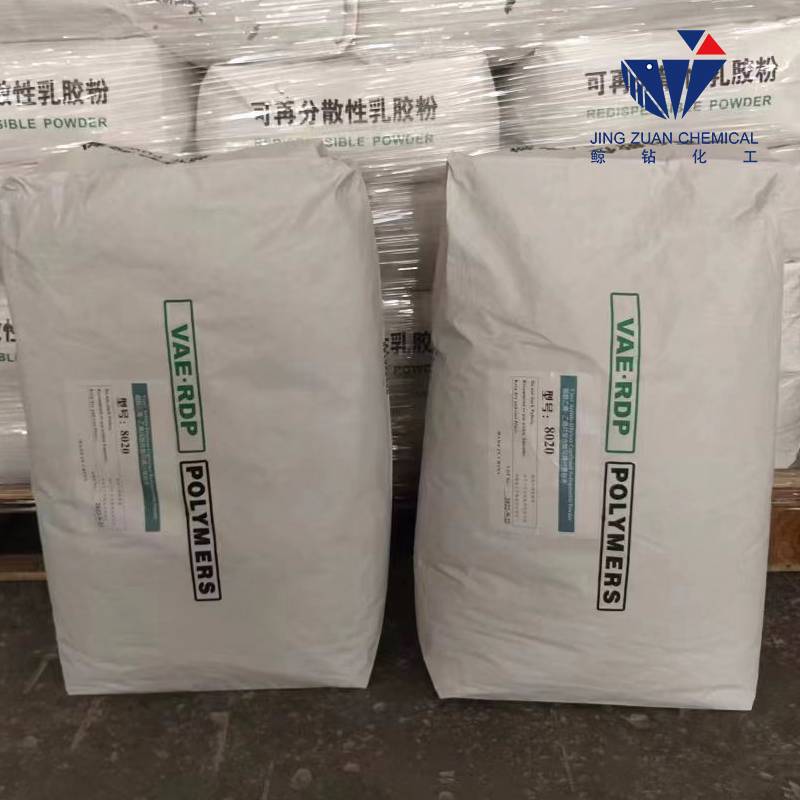
Sep . 26, 2024 07:05 Back to list
how is hydroxyethyl cellulose made
How Is Hydroxyethyl Cellulose Made?
Hydroxyethyl cellulose (HEC) is a widely used non-ionic cellulose ether, known for its versatility and effectiveness in various industrial and consumer applications. It serves as a thickener, stabilizer, and film-forming agent, making it popular in industries like pharmaceuticals, cosmetics, food, and construction. Understanding the production process of HEC is essential for those looking to harness its properties for different applications.
The manufacture of hydroxyethyl cellulose involves a series of well-controlled chemical processes starting from cellulose, a natural polymer derived from plant cell walls. The process begins with the extraction of cellulose, which is typically sourced from wood pulp, cotton, or other plant materials. The purity and quality of the cellulose used significantly influence the characteristics of the final HEC product.
Once the cellulose is obtained, it undergoes a process known as etherification. In simple terms, etherification is the chemical reaction where the hydroxyl groups on the cellulose polymer are replaced by hydroxyethyl groups. This transformation is usually carried out using ethylene oxide, a potent ethylene derivative, in the presence of an alkaline catalyst. The choice of catalyst and the conditions under which etherification is performed play a critical role in determining the molecular weight and substitution degree of the resulting hydroxyethyl cellulose.
The reaction between cellulose and ethylene oxide typically takes place in aqueous or organic solvent systems, where the cellulose is first dissolved. The control of temperature and pressure during the etherification process is crucial; higher temperatures can lead to increased reaction rates but may also result in undesired side reactions. Additionally, maintaining a specific pH level during the reaction can optimize the efficiency of the etherification process and enhance the quality of the hydroxyethyl cellulose produced.
how is hydroxyethyl cellulose made

After the etherification reaction, the resulting hydroxyethyl cellulose is usually in a viscous liquid form. To isolate and purify the product, it undergoes several washing and drying steps. Initially, the viscous solution is often precipitated in a non-solvent, typically ethanol or isopropanol, separating it from unreacted materials and by-products. The precipitate is then washed thoroughly to remove any residual reactants or solvents, followed by drying to obtain the final product in powder or granule form.
Quality control is paramount throughout the production process of hydroxyethyl cellulose
. Manufacturers routinely test for various parameters such as viscosity, pH, and degree of substitution. These characteristics determine how the HEC will behave in end-use applications, influencing factors like solubility, thickening efficiency, and stability under varying conditions.One of the key factors affecting the usability of hydroxyethyl cellulose is its molecular weight, which can be tailored during the etherification process. Higher molecular weight HEC provides enhanced viscosity and greater thickening capability, making it ideal for applications in construction materials, such as adhesives and paints. Conversely, lower molecular weight HEC is often preferred in personal care products, where a more fluid texture is desirable.
The eco-friendliness of hydroxyethyl cellulose is another appealing attribute. Since it is derived from cellulose, a renewable resource, and is biodegradable, it aligns well with the increasing demand for sustainable materials in various industries. As a result, the market for hydroxyethyl cellulose continues to grow as companies shift towards greener alternatives.
In conclusion, the production of hydroxyethyl cellulose is a sophisticated process that involves the extraction of cellulose, etherification with ethylene oxide, and purification steps to yield a versatile product that meets the needs of diverse applications. By controlling the parameters during synthesis, manufacturers can develop HEC with specific properties tailored for multiple industries. With its sustainability and effectiveness, hydroxyethyl cellulose is poised to remain an essential ingredient in many products worldwide.
-
Versatile Hpmc Uses in Different Industries
NewsJun.19,2025
-
Redispersible Powder's Role in Enhancing Durability of Construction Products
NewsJun.19,2025
-
Hydroxyethyl Cellulose Applications Driving Green Industrial Processes
NewsJun.19,2025
-
Exploring Different Redispersible Polymer Powder
NewsJun.19,2025
-
Choosing the Right Mortar Bonding Agent
NewsJun.19,2025
-
Applications and Significance of China Hpmc in Modern Industries
NewsJun.19,2025







